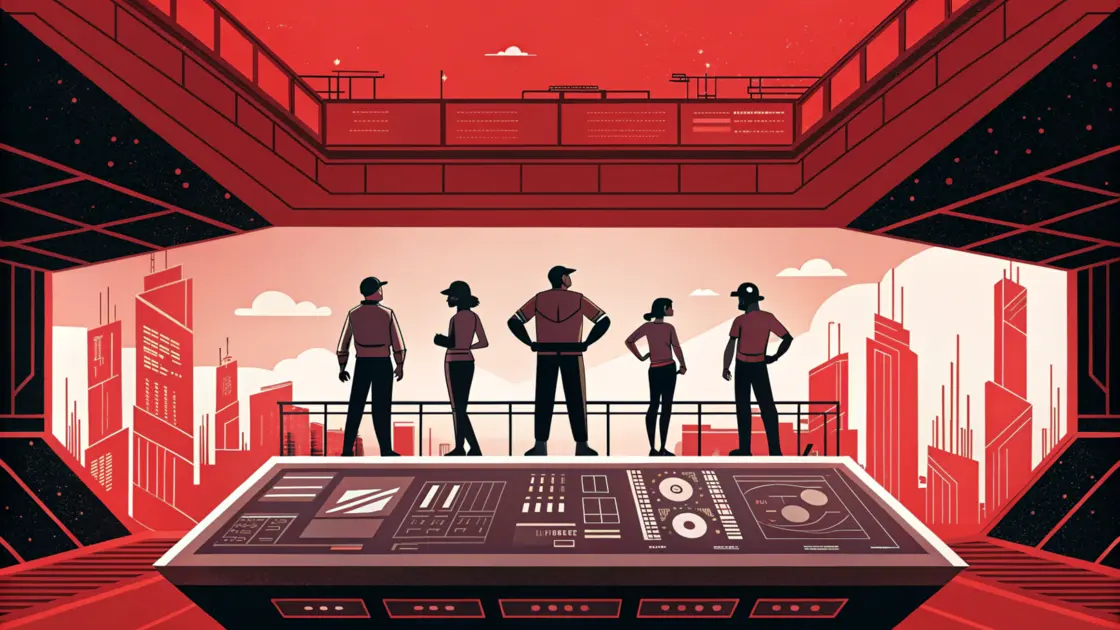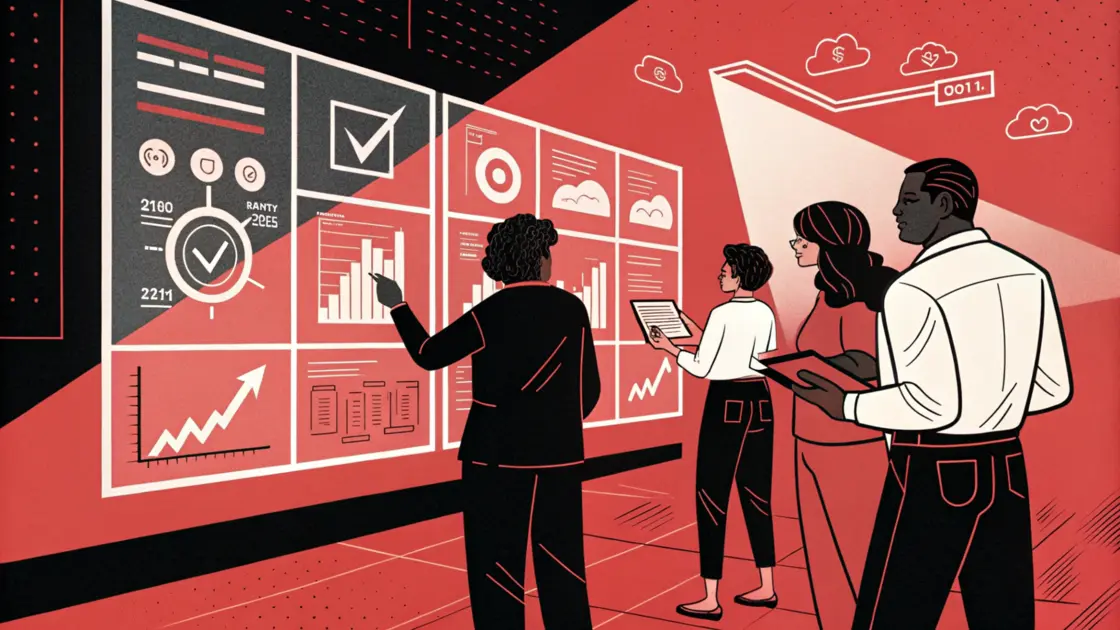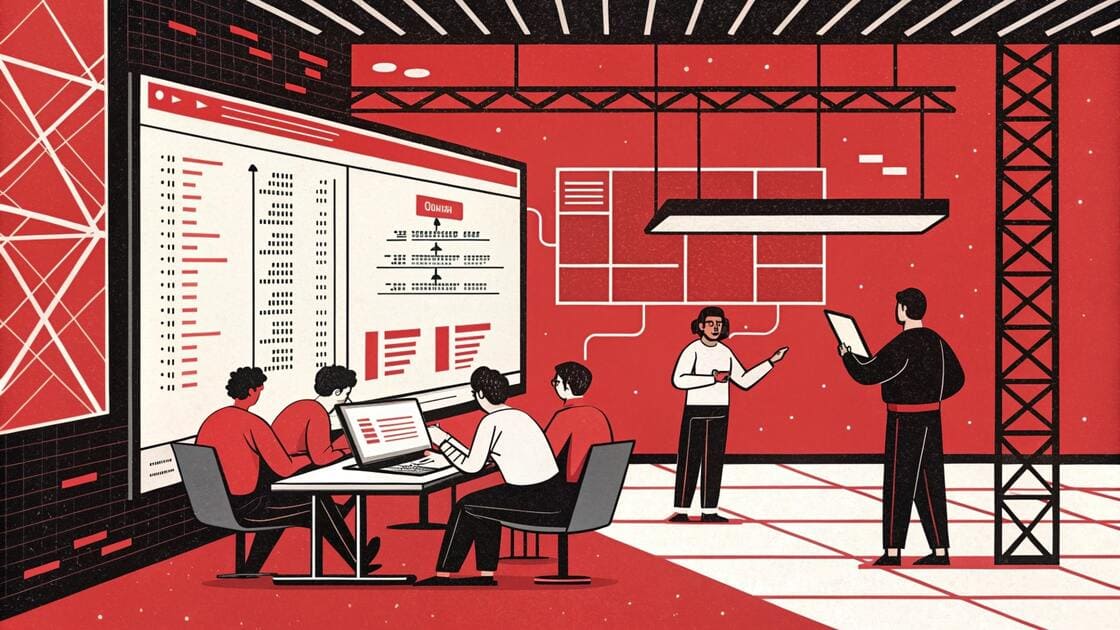
DevOps brought promises of increased speed and agility. Over time, as cloud-native architectures became more complex, these benefits were harder to sustain at scale. Cognitive overload grew, deployment bottlenecks reappeared, and keeping operations running smoothly put added pressure on teams.
Why did this happen? System complexity continued to rise. As early as 2002, companies like Amazon introduced API communication models (the well-known “Bezos Mandate”) to allow teams more autonomy (A Brief History of Platform Engineering). The arrival of Kubernetes in 2015 accelerated containerization, but also made managing infrastructure more demanding.
By the late 2010s, even experienced DevOps organizations struggled. Teams spent more time on custom pipelines, troubleshooting configuration files, and dealing with repeated infrastructure requests. At the same time, companies like Netflix and Amazon found success building internal platforms that gave developers greater self-service capabilities. Industry voices such as Martin Fowler and the release of Team Topologies in 2019 began to formalize these approaches (What is platform engineering and why do we need it).
By 2025, more than half of organizations have already adopted platform engineering, and many others are planning to do so (New platform engineering research report). This trend is a direct response to operational demands.
Key milestone timeline for context:
| Year | Milestone |
|---|---|
| 2002 | Amazon’s API Mandate seeds microservices |
| 2015 | Kubernetes open sourced, gains wide adoption |
| 2018 | Martin Fowler defines digital platforms |
| 2019 | Team Topologies formalizes platform teams |
| 2020+ | Platform-as-product mindset and “IDP” (Internal Developer Plattform) community expands |
Moving from ad hoc automation to treating the platform as a true product is what sets high-performing teams apart. The most effective teams now:
The results are tangible. A recent industry survey found (Platform engineering key driver developer productivity):
Platform engineering is also influencing organizational structure. New roles such as platform product manager and developer experience engineer are becoming common (Platform engineering predictions for 2025).
As systems become more complex, routine tasks should not slow down your team.
Modern internal developer platforms are designed to automate repetitive work:
This unlocks new opportunities for developers:
For leaders, this shift means your best engineers spend less time on manual tasks and more time on product innovation.
Comparing “DevOps” and “platform engineering” as if they are mutually exclusive isn’t productive. DevOps is a broader philosophy focused on breaking down silos and speeding up delivery through automation. Platform engineering provides the structure (internal products and self-service tools) that brings these ideals to life.
Both approaches are important:
Watch out for common challenges:
Adoption is broad:
Business outcomes:
Emerging trends:
Avoid waiting for perfect conditions. Here’s how engineering managers and CTOs are making progress with platform engineering:
Platform engineering is more than just a technical upgrade. It is a strategic approach to empowering your engineers, avoiding burnout, and achieving better business outcomes.
Organizations that embrace this shift are equipping their developers with the tools and autonomy they need to succeed. Those that delay may find themselves struggling to keep pace, losing valuable talent, or facing mounting technical debt. By investing in platform engineering today, you position your organization for lasting success and resilience.
In 2025 and beyond, thriving organizations will be those that put platform engineering at the heart of their software delivery strategy. The question for leaders: Will you help build the foundation, or try to keep up as others move forward?













© 2025 Mario Lemes Medina. All Rights Reserved.